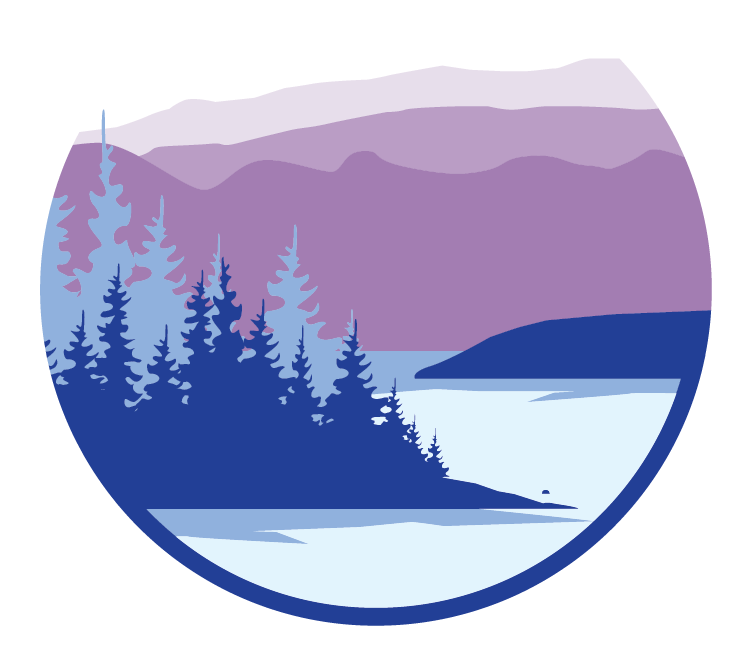
Clean Water
“Flathead Lake serves as a mirror that reflects how well we are living in balance with our environment.”
-Dick Wollin, Flathead Lakers President 1988-1994
Today, people flock to the Flathead for its high quality of life and scenic beauty, making the area among the fastest growing parts of the country. Growth and development can mean an increase in water pollution. The more altered and paved our landscape becomes, the more difficult it will be to keep our lake and the waters that feed it clean. Our challenge is to find a balance between smart development in the valley and the awe-inspiring beauty and natural heritage this area has to offer – all which is supported by clean water.
The Flathead Lakers strive to protect clean water through our advocacy, education, and stewardship programs. We are involved in our growing communities’ planning efforts and policies for the future, and provide a strong voice for our lake and watershed. We also educate our members and community how they can best live in a watershed.
Advocacy
Planning for Clean Water
The Flathead Watershed is growing rapidly. The Flathead Lakers provides recommendations on land use planning strategies and policies that help protect water quality at both local and state levels.
We inform our members when their voices are needed to help protect clean water.
Education
Living in a Watershed
Our education program focuses on appreciating and learning about our watershed, and understanding that our actions make a difference to clean water.
Student Watershed Education
Our student education program increases students’ understanding of the physical, biological, and social components of the Flathead watershed and their interconnections.
Conservation
Protecting Critical Lands
Our Conservation and Restoration Program works collaboratively to protect important existing wetlands and riparian areas, and the clean waters they provide our watershed.
Since 2001, the Flathead River to Lake Partners, coordinated by the Flathead Lakers, have conserved 6,800 acres of land critical to clean water, adding to a network of privately and publicly protected land along the Flathead River and nothern shores of Flathead Lake.




